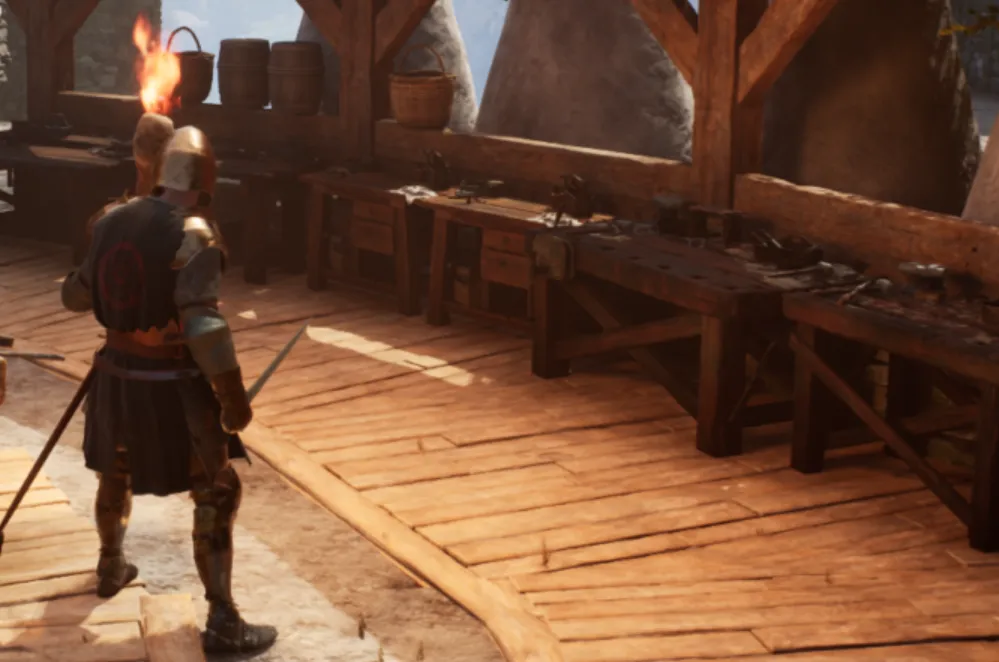Weaponsmithing in Pax Dei is a straight line on paper: craft, level, unlock, repeat. In practice, many players stall on two friction points—using the wrong workbench and expecting recipes to appear on level alone. The skill caps at 40, and most higher recipes check both your level and whether you’ve discovered or unlocked them through prerequisites. Build a clean material pipeline early and you won’t hit those walls when you step up to wrought iron and steel.
Weaponsmith workbenches and recipe unlocks
There are two benches to know: the Basic Weaponsmith Workbench and the full Weaponsmith Workbench. The full bench is required for higher-tier recipes; plan on upgrading as soon as your progression allows. Placing the full bench typically requires level 15 in Weaponsmithing. If a recipe doesn’t show up even though you meet the level, assume one of three blockers: you’re on the basic bench, you haven’t crafted a prerequisite component, or you haven’t discovered the recipe yet.
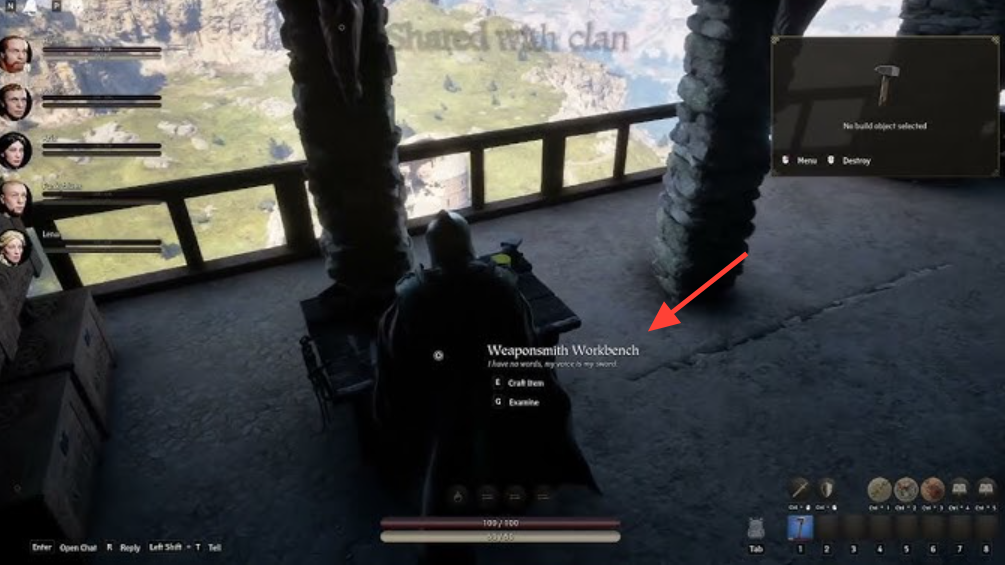
Leveling path by material tier
Push through tiers in order. Keep your queue full of “easy” and “very easy” crafts for the best XP-to-material ratio, then move up when those stop granting meaningful gains.
| Tier | Typical materials | Recommended focus | Why it works |
|---|---|---|---|
| Bronze | Early wood and base metals | Simple weapons (e.g., spears, short blades) | Cheap inputs, low failure risk, steady XP |
| Iron | Iron ingots, basic components | Repeatable small weapons and components | Scales XP without rare resources; good bulk crafting |
| Wrought iron | Refined ingots and forged parts | Intermediate weapons and higher component chains | Bridges to steel; unlocks more recipes as you craft |
| Steel | Steel ingots, nails, spikes | Advanced and “attuned” weapons | High difficulty, high payoff once you stabilize materials |
Expect wrought iron to open around the late teens. Steel-tier crafting arrives after that and assumes upgraded infrastructure.
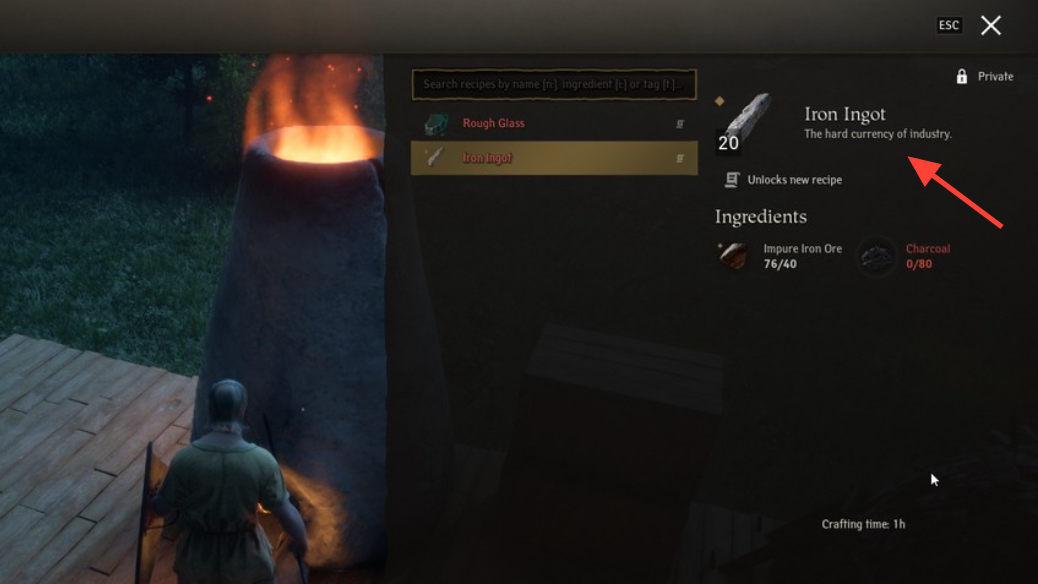
Build a reliable materials pipeline
Most time sinks aren’t at the bench—they’re upstream. Weaponsmithing leans on gathering and refining, and iron work in particular is charcoal-hungry. Keep the following running in parallel:
- Ore to ingots: stay ahead on smelting so you can craft in long batches.
- Charcoal production: queue more than you think you need; iron and steel burn through it.
- Components: pre-craft nails, spikes, and stocks that gate recipe discovery.
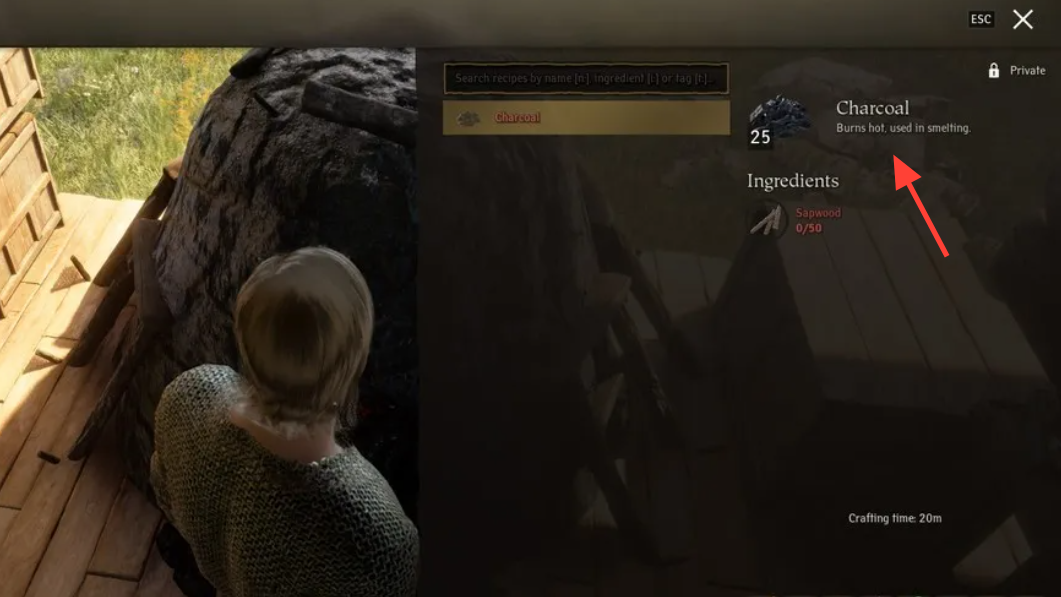
What to craft for efficient XP (and what to avoid)
- Prioritize “easy” crafts that you can repeat in bulk with low failure rates.
- Favor smaller weapons (like spears or short blades) at lower tiers; they consume fewer refined parts per attempt.
- Avoid pushing far above your level; failures waste rare ingots and stall momentum.
- Batch materials first, then craft in long runs to reduce context switching and idle time.
Crafting outcomes include RNG. Even “easy” items can fail, so plan your inputs with a buffer and don’t advance tiers until your success rate is reliable.
Sample weapon difficulty values
Difficulty ratings foreshadow the jump in inputs and failure risk as you climb tiers.
| Weapon | Difficulty | Implication |
|---|---|---|
| Attuned Bronze Broadsword | 5 | Approachable early; good for early progression |
| Attuned Iron Greatsword | 16 | Mid-tier step; ensure component stockpiles |
| Attuned Steel Battleaxe | 43 | High-end craft; expect demanding materials and bench |
Use these as directional markers. If your current crafts sit well below your skill, step up. If they’re well above and you’re failing, drop to an easier recipe until your materials pipeline catches up.
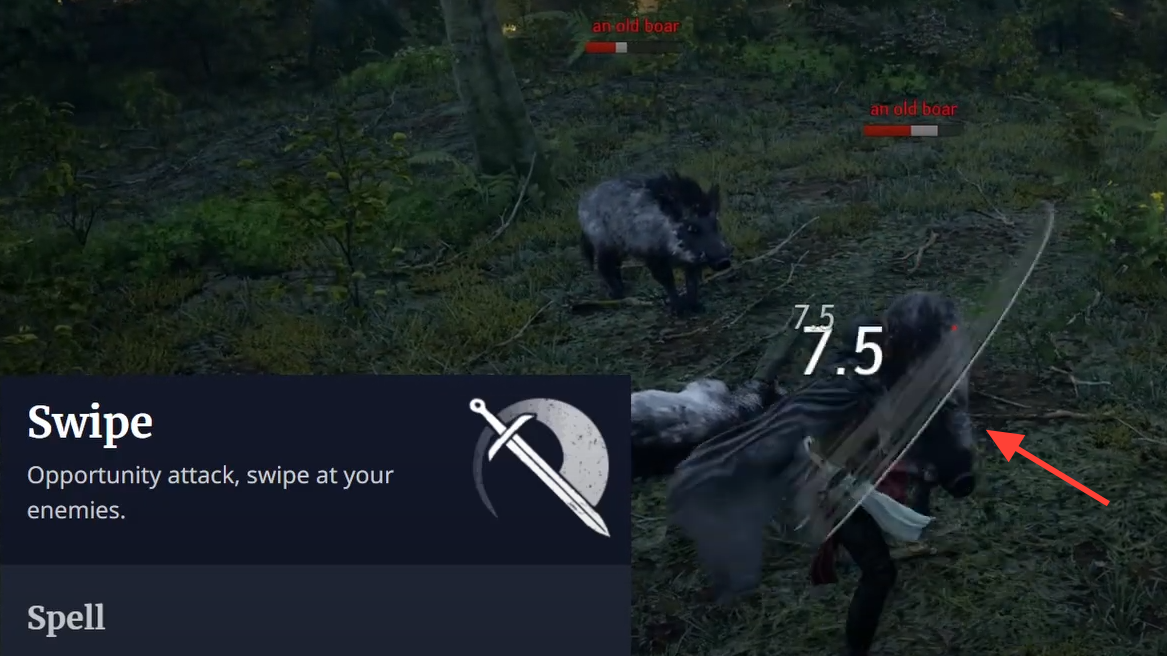
When wrought iron and steel make sense
Once iron-tier items feel trivial and XP gains taper, shift to wrought iron. Many players reach this around level 19, but your timing will depend on how quickly you unlock prerequisites and upgrade your bench. Steel follows after wrought iron when your refining output and supporting tools are in place.
At higher levels, infrastructure matters. Some recipes expect tooling like a steel anvil and an upgraded bench. If you can’t place or build them yet, craft components and mid-tier weapons to bridge the gap rather than burning steel on risky attempts.
Common pitfalls and quick fixes
- Recipe missing at the right level: upgrade from the basic bench, craft the prerequisite component, or unlock the recipe chain.
- Material bottlenecks: run kilns and furnaces nonstop while you gather; keep charcoal production ahead of smelting.
- High failure rates: pick “easy” items or step down a tier until success stabilizes.
- Bench placement errors: the full Weaponsmith Workbench generally requires level 15 in Weaponsmithing to place.
A simple, low-waste plan
- Early levels: craft simple bronze and iron weapons in batches; keep success rates high.
- Midgame: move into wrought iron as it unlocks; pre-craft nails, spikes, and related parts to reveal more recipes.
- Late game: transition to steel and attuned versions once your bench and components are ready; craft in long, prepared runs.
Plan your materials two steps ahead, stick to crafts that waste the fewest refined parts on failure, and escalate tiers only when your bench and components are in place. Follow that cadence and level 40 becomes a matter of throughput, not luck.

